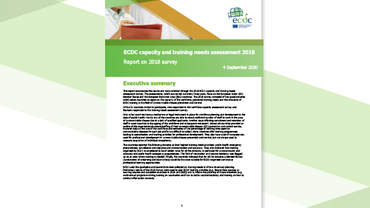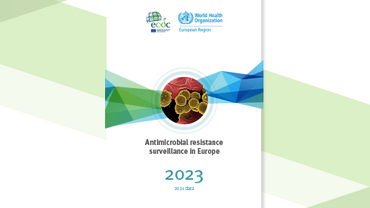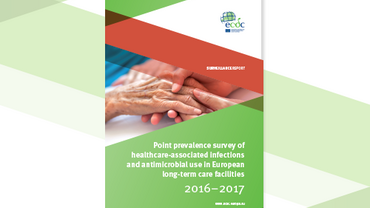Surveillance of surgical site infections in Europe 2010–2011
This report presents the results of surveillance of surgical site infections in participating European countries for 2010–2011. The number of reported operations increased and three countries reported data for the first time in 2011.
Executive summary
Surgical site infections are among the most common healthcare-associated infections and are associated with longer post-operative hospital stays, additional surgical procedures, treatment in an intensive care unit, and often higher mortality. These infections occur after operation in the part of the body where a surgical procedure was performed.
The ECDC report on surveillance of surgical site infections in Europe contains data for 2010 and 2011, received from 20 networks in 15 EU countries and one EEA country. Data were reported on 386 597 operations from 1 557 hospitals in 2010, and on 424 871 operations from 1 635 hospitals in 2011. Data from previous years have been published in a similar report in 2012 and as part of the healthcare-associated infections chapter in ECDC’s Annual Epidemiological Reports.
Hip prosthesis was the most frequently reported type of operation, representing 33% of operations in 2010–2011, but only 1% of those had a diagnosed surgical site infection. The percentage of patients having a surgical site infection following surgery (cumulative incidence) was the highest in colon surgery with 9.5%. This means that about 1 in 10 patients undergoing colon surgery had a surgical site infection.
Trends were analysed for the last four years (2008–2011) for networks that participated for at least three years during this period. Overall, the trend analysis showed a decrease of surgical site infections in caesarean section, cholecystectomy, colon surgery, and hip prosthesis, and an increasing trend in knee prosthesis.
ECDC Director Marc Sprenger said: “Surgical site infections have been shown to be among the most preventable healthcare-associated infection types. One of the first steps for the prevention of these particular infections is to have national surveillance systems in place, including feed-back of infection rates at the local level, so they can be used for improving practices in hospitals and surgical wards”. He added: “ECDC recognises the hard work done by the reporting countries and encourages those who are not yet reporting to do so”.






